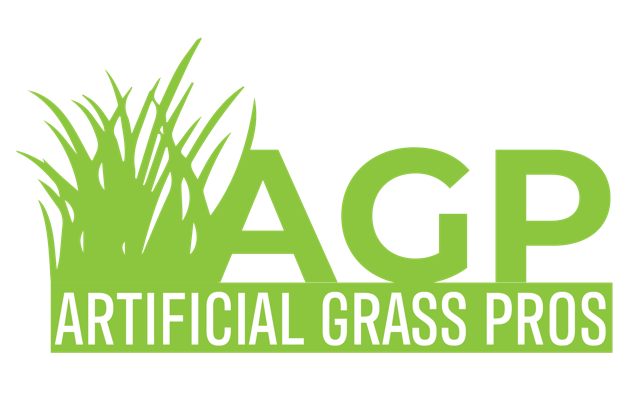In recent years, increased scrutiny of landscaping practices has prompted a shift towards more sustainable alternatives. Artificial grass has emerged as a preferred option for homeowners, businesses, and communities aiming to reduce their ecological footprint while maintaining aesthetically pleasing outdoor spaces. Let’s delve into why artificial grass is hailed as environmentally friendly and its contributions to a greener planet.
Water Conservation:
Opting for synthetic turf offers significant water-saving benefits. Unlike natural grass lawns, which demand regular watering to remain green and healthy, artificial grass eliminates the need for irrigation altogether. In regions facing water scarcity or drought conditions, artificial grass provides a sustainable landscaping solution that conserves precious water resources.
Reduction in Chemical Usage:
Artificial grass does not require chemical pesticides, fertilizers, or herbicides to maintain its appearance. This eliminates environmental pollution and associated health risks, fostering a safer and more sustainable outdoor environment for families, pets, and wildlife. By choosing artificial grass, homeowners can cultivate a healthier outdoor space devoid of harmful chemicals.
Lower Carbon Footprint:
Compared to natural grass lawns, artificial grass entails minimal maintenance, resulting in lower carbon emissions and energy consumption. Traditional lawn care activities such as mowing, trimming, and leaf blowing contribute to air pollution and greenhouse gas emissions. With artificial grass, homeowners can decrease their carbon footprint and contribute to a cleaner, healthier environment.
Preservation of Natural Resources:
Artificial grass helps preserve natural resources such as water, soil, and energy by reducing the demand for water, fertilizers, and pesticides. Traditional lawn care practices often involve substantial water usage and chemical inputs, leading to soil erosion, water pollution, and habitat destruction. Artificial grass offers a sustainable alternative that minimizes adverse impacts on natural ecosystems.
Long-Term Sustainability:
Engineered for durability and longevity, artificial grass offers a sustainable landscaping solution that requires minimal replacement and maintenance over time. Unlike natural grass, which may necessitate frequent replanting and overseeding to maintain its appearance, artificial grass maintains its lush green color and texture year-round, reducing waste and conserving resources.
Conclusion:
In conclusion, artificial grass presents a multitude of environmental benefits, making it a sustainable choice for landscaping projects. From water conservation and reduced chemical usage to a lower carbon footprint and preservation of natural resources, artificial grass plays a pivotal role in advancing environmental conservation and mitigating climate change impacts. By embracing artificial grass, homeowners, businesses, and communities can cultivate visually appealing outdoor spaces that enhance property aesthetics while contributing to the preservation of our natural environment for generations to come.

Recent Comments